Of Cows and Children

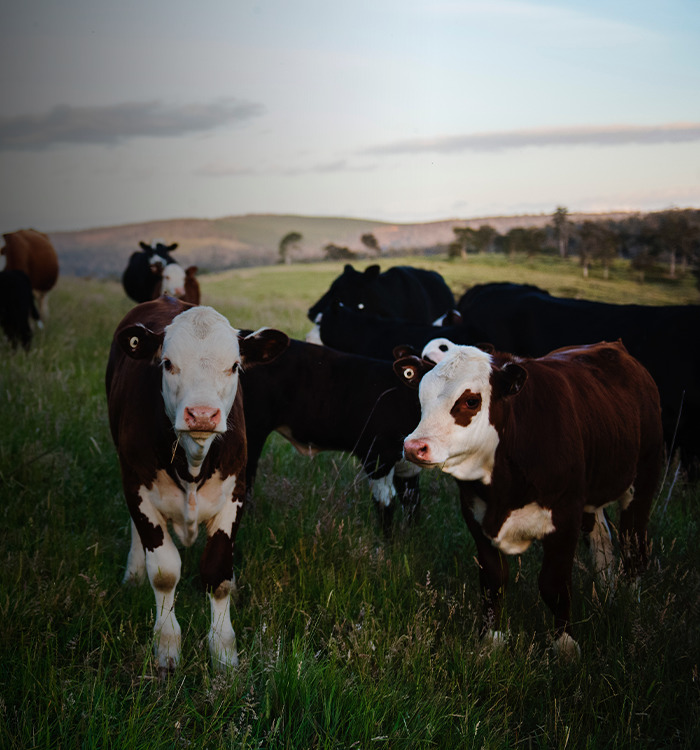


Brought to you by University of Tennessee Extension and USDA's National Institute of Food and Agriculture.
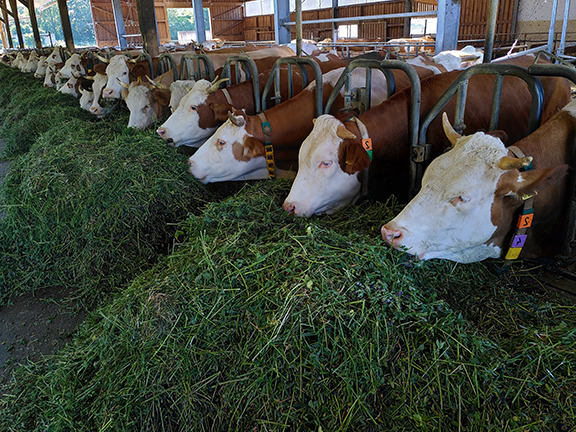
Of Cows and Children
Not started
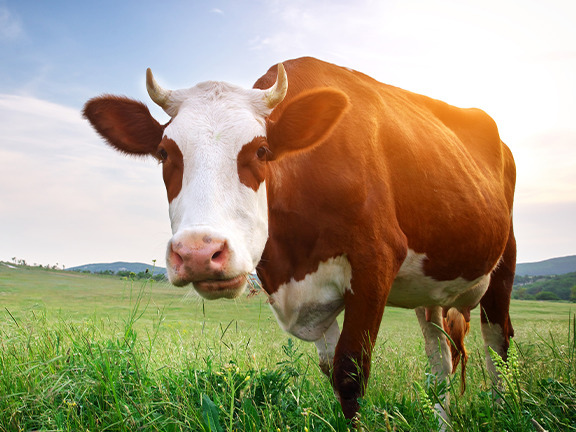
Make Your Best Cow Pasture
Not started
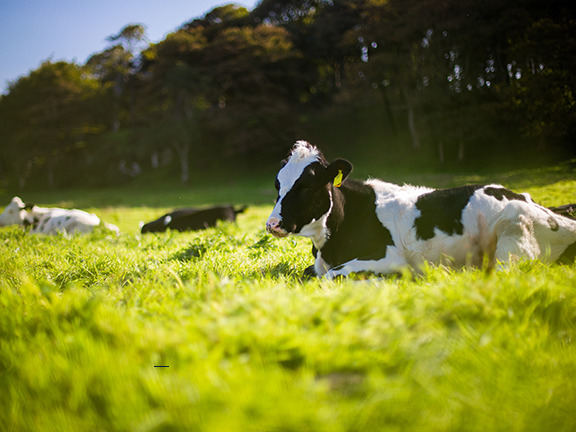
Helpful Stomach Bugs?
Not started
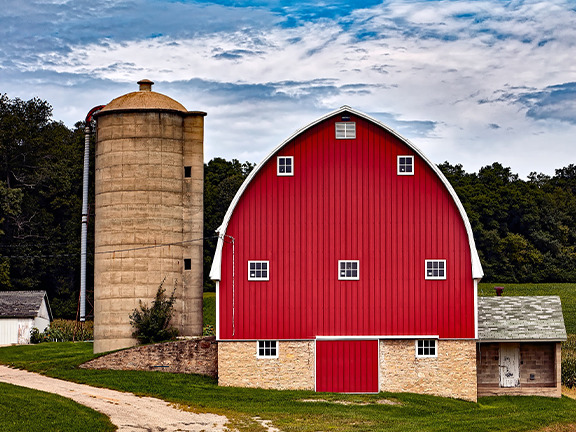
Let's Build a Hay Barn
Not started
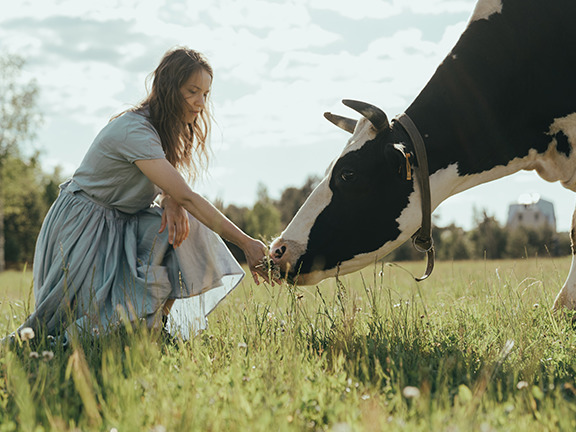
Feed a Cow!
Not started